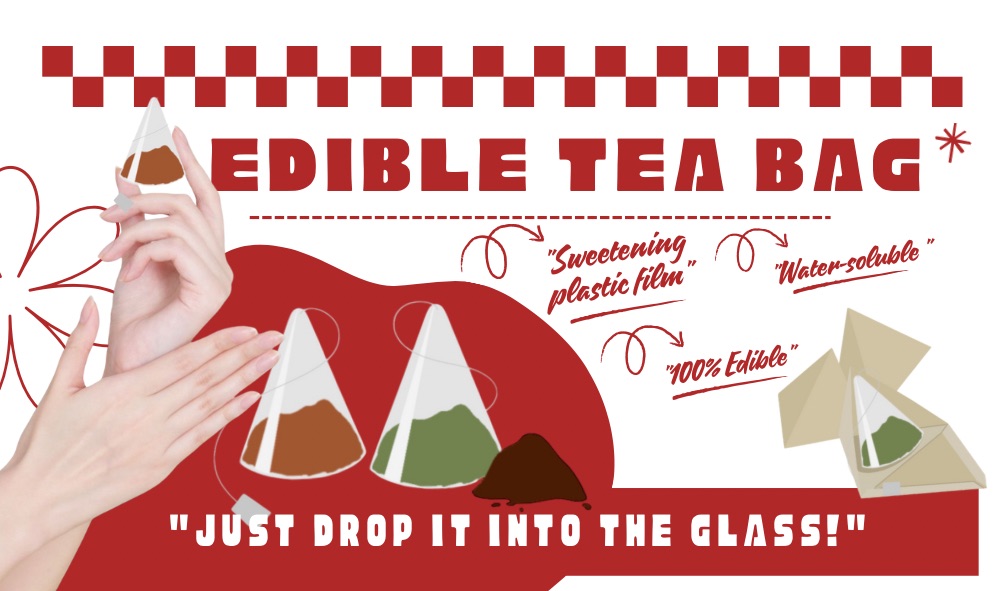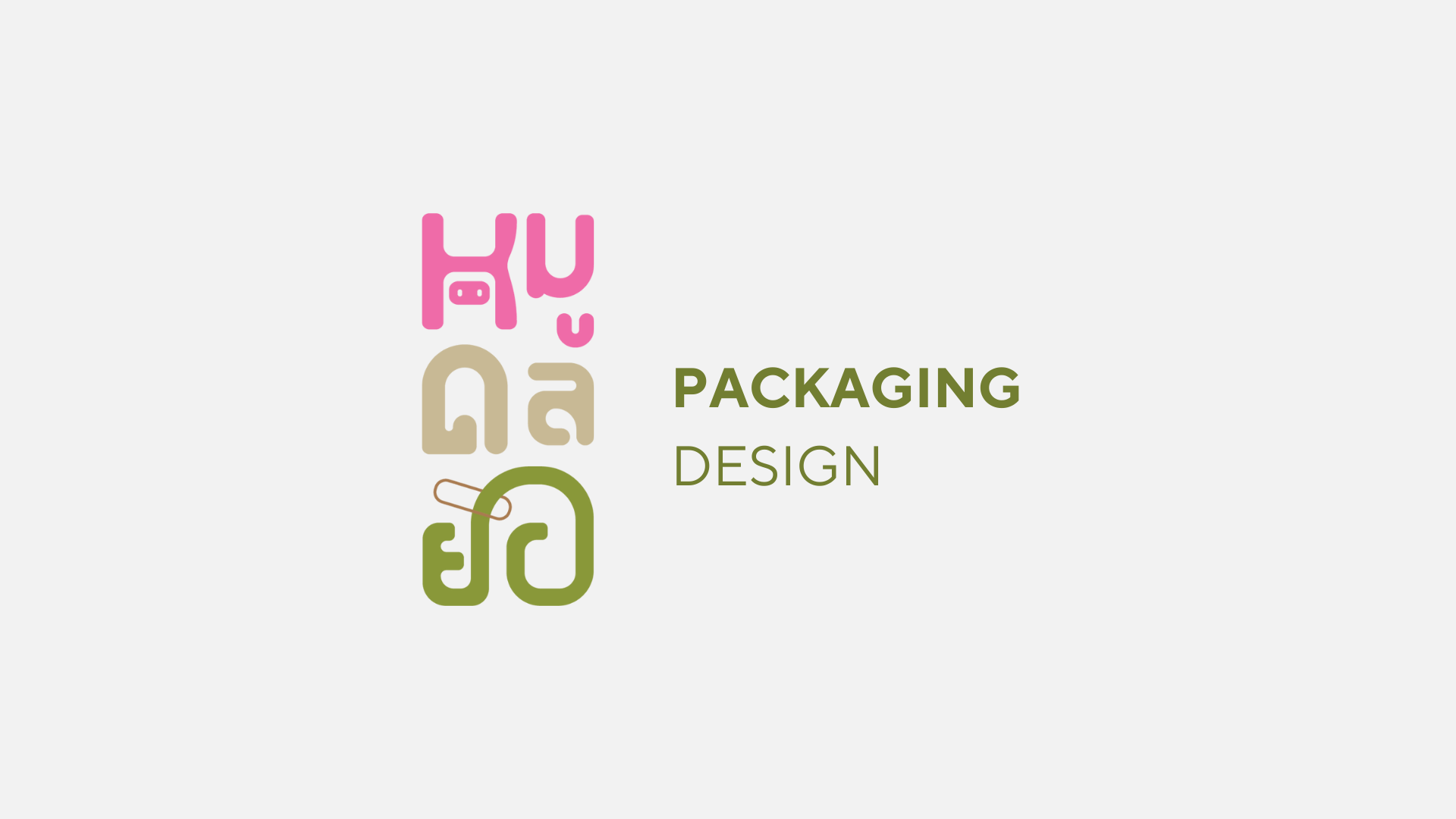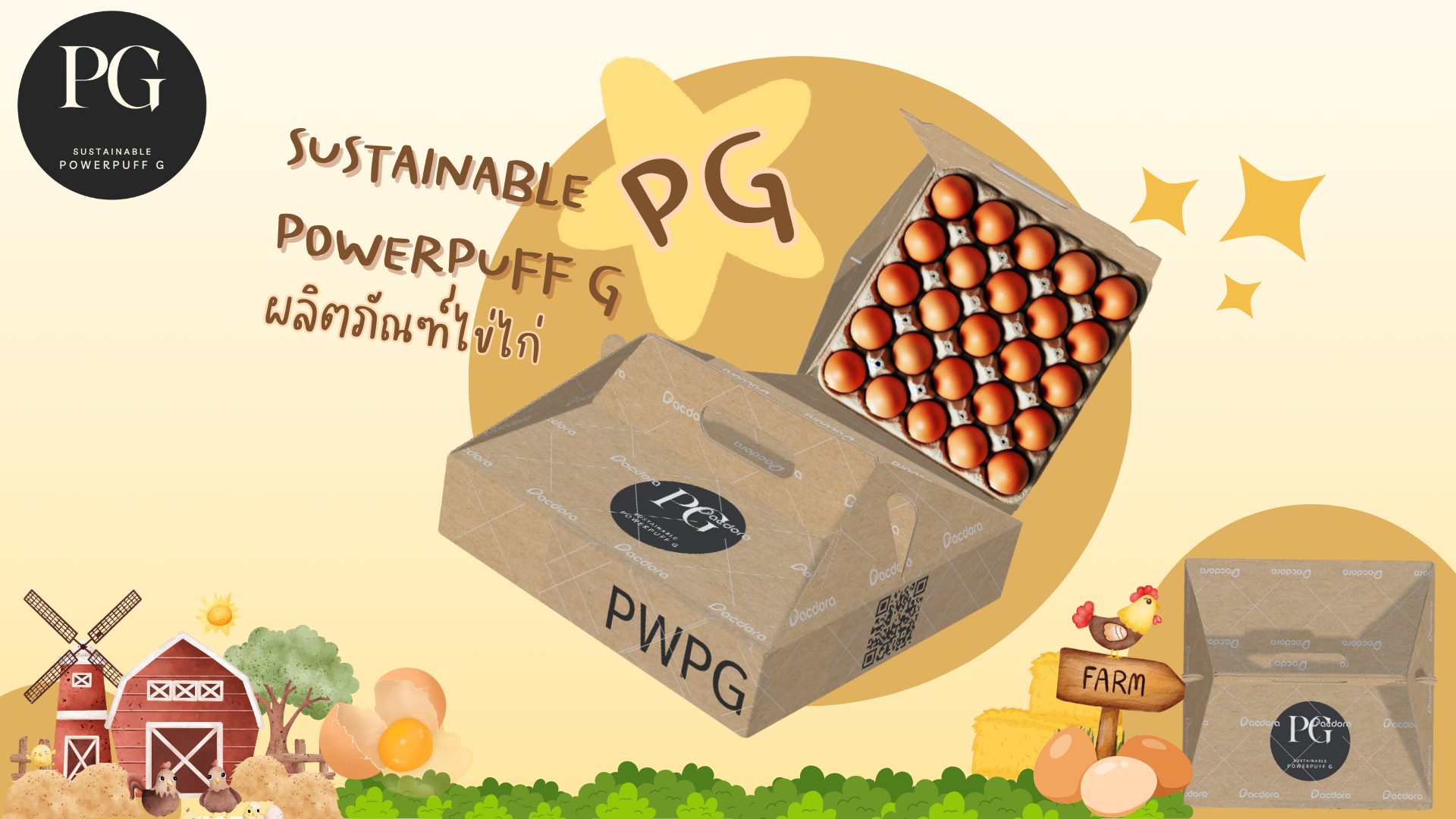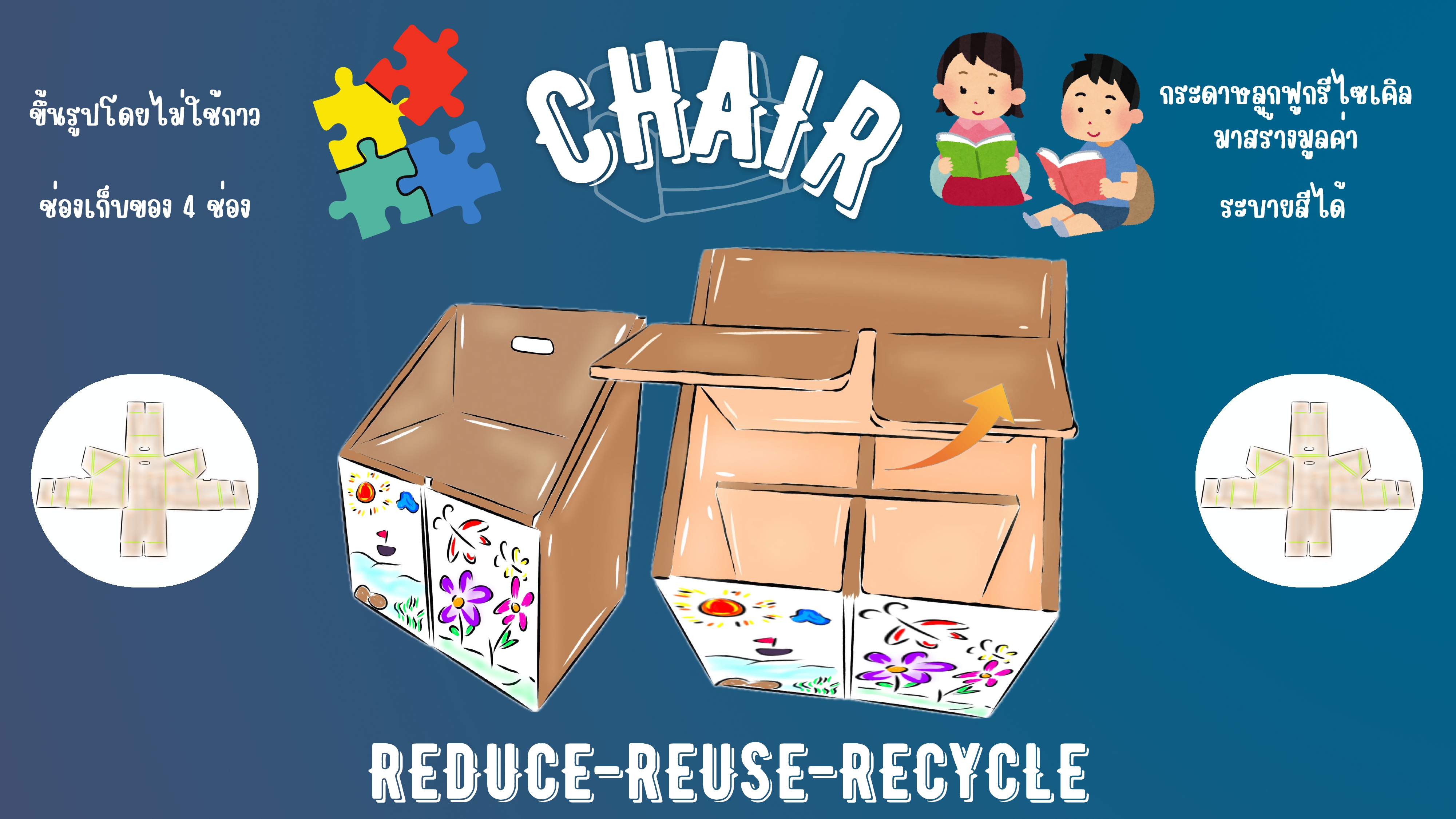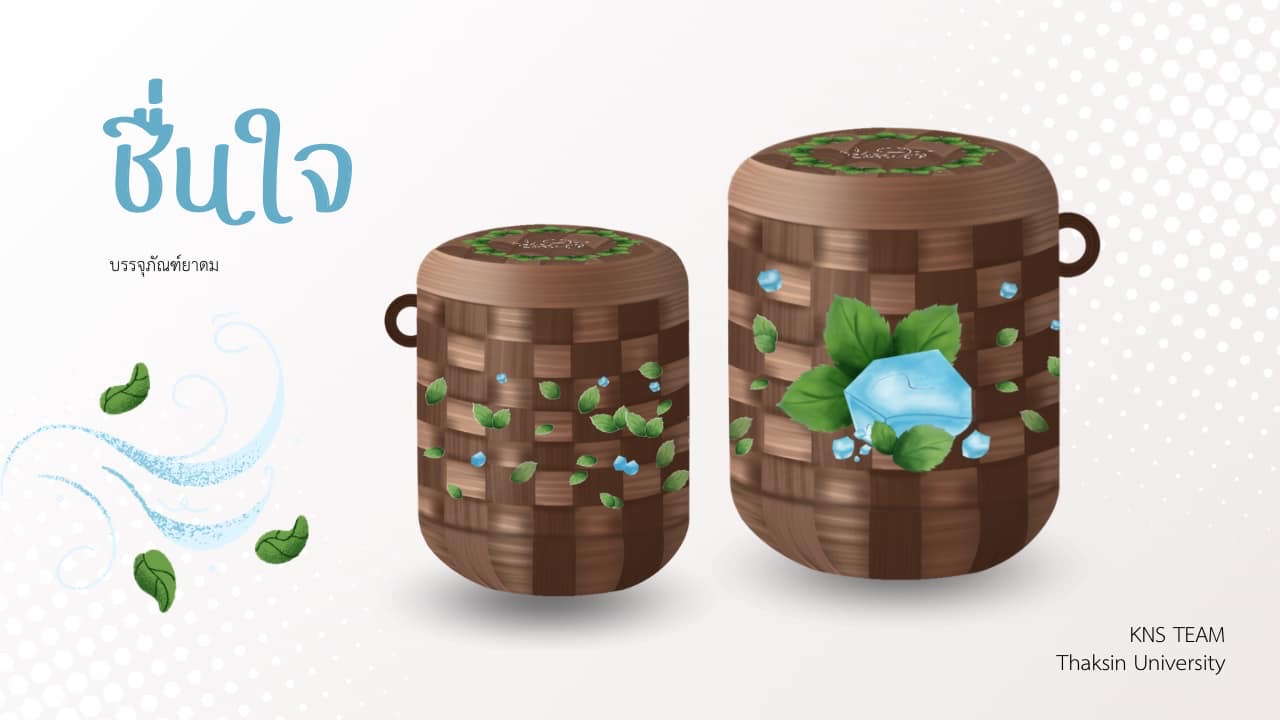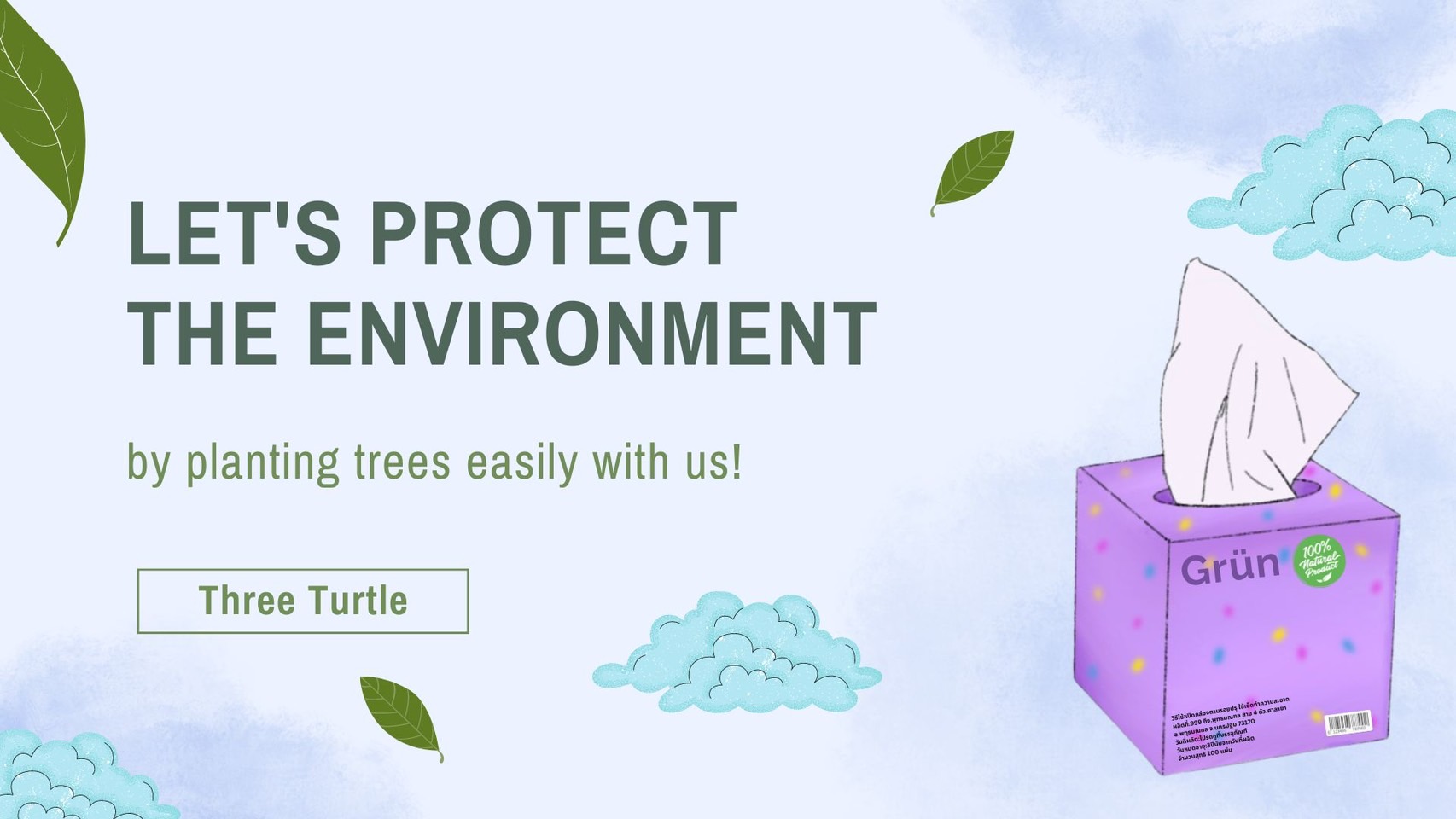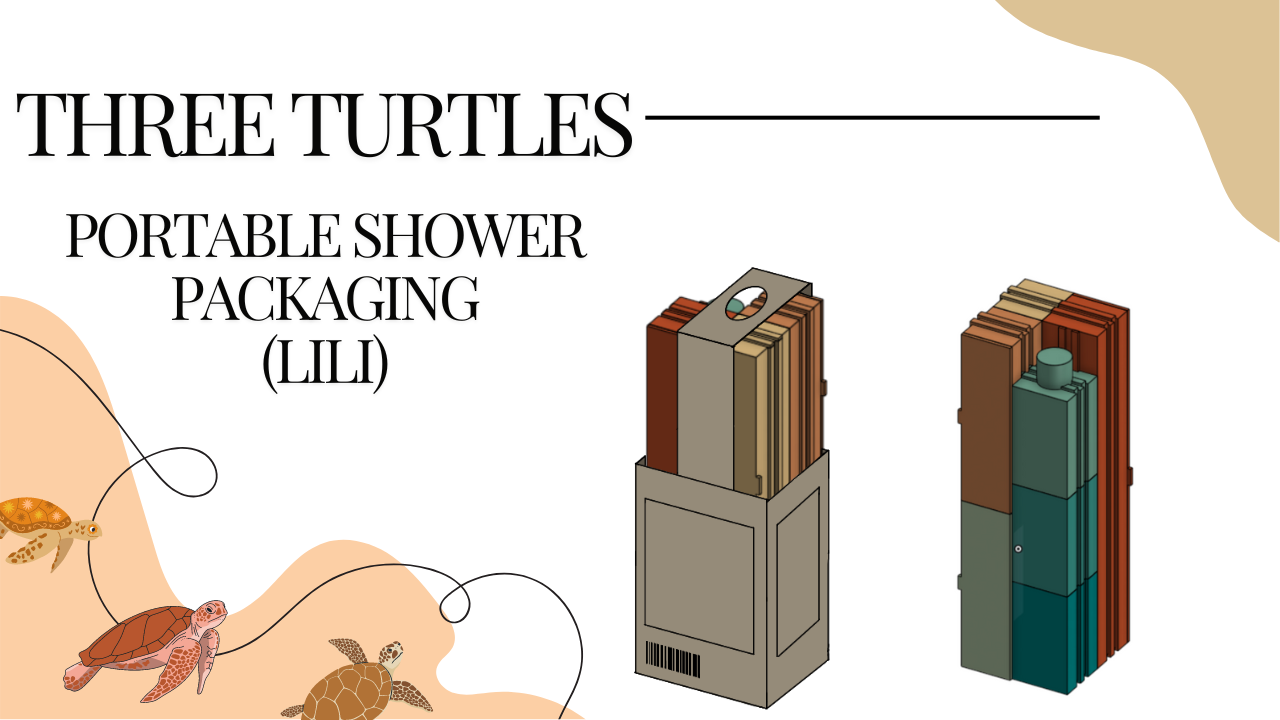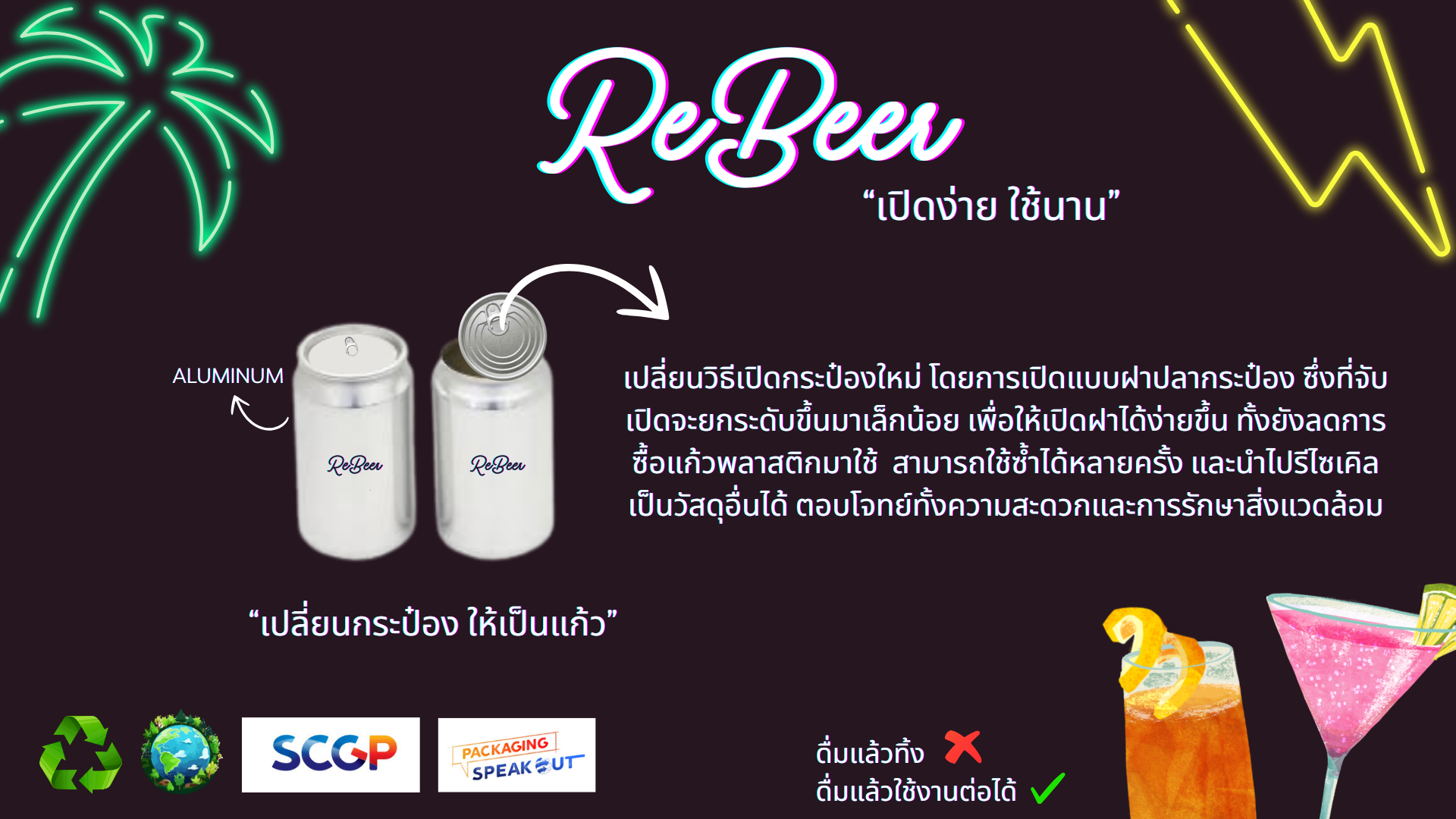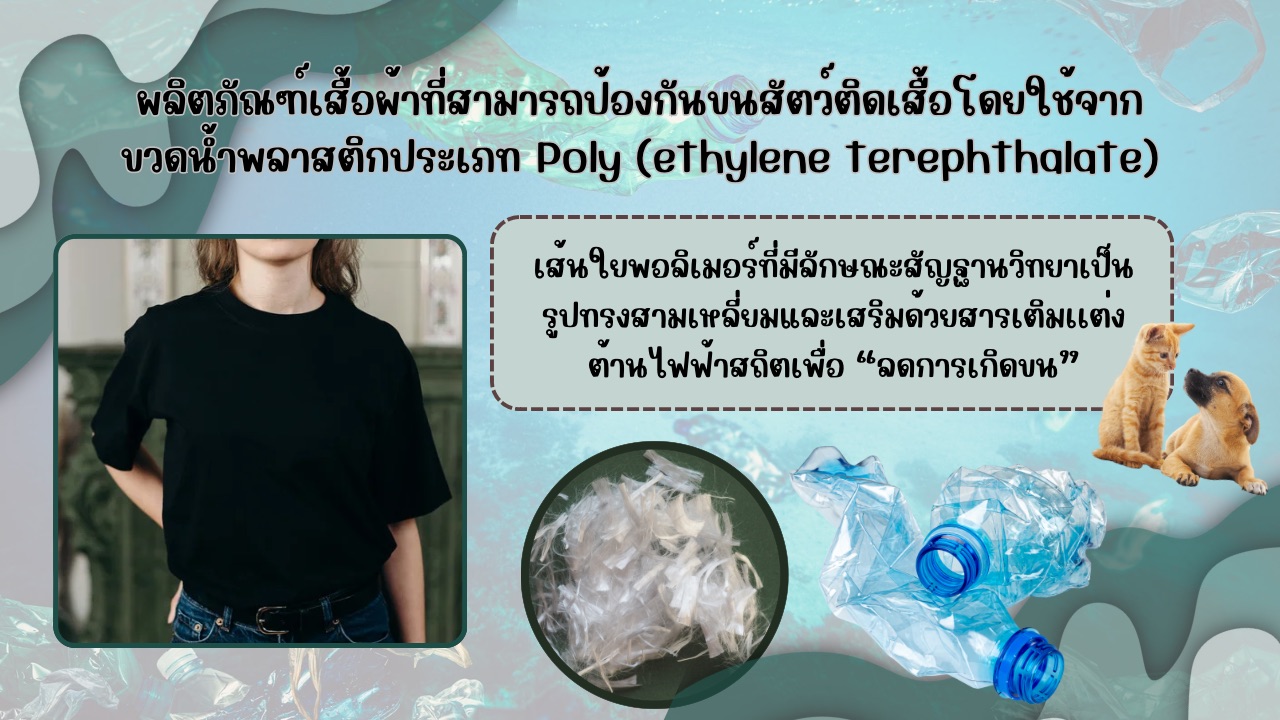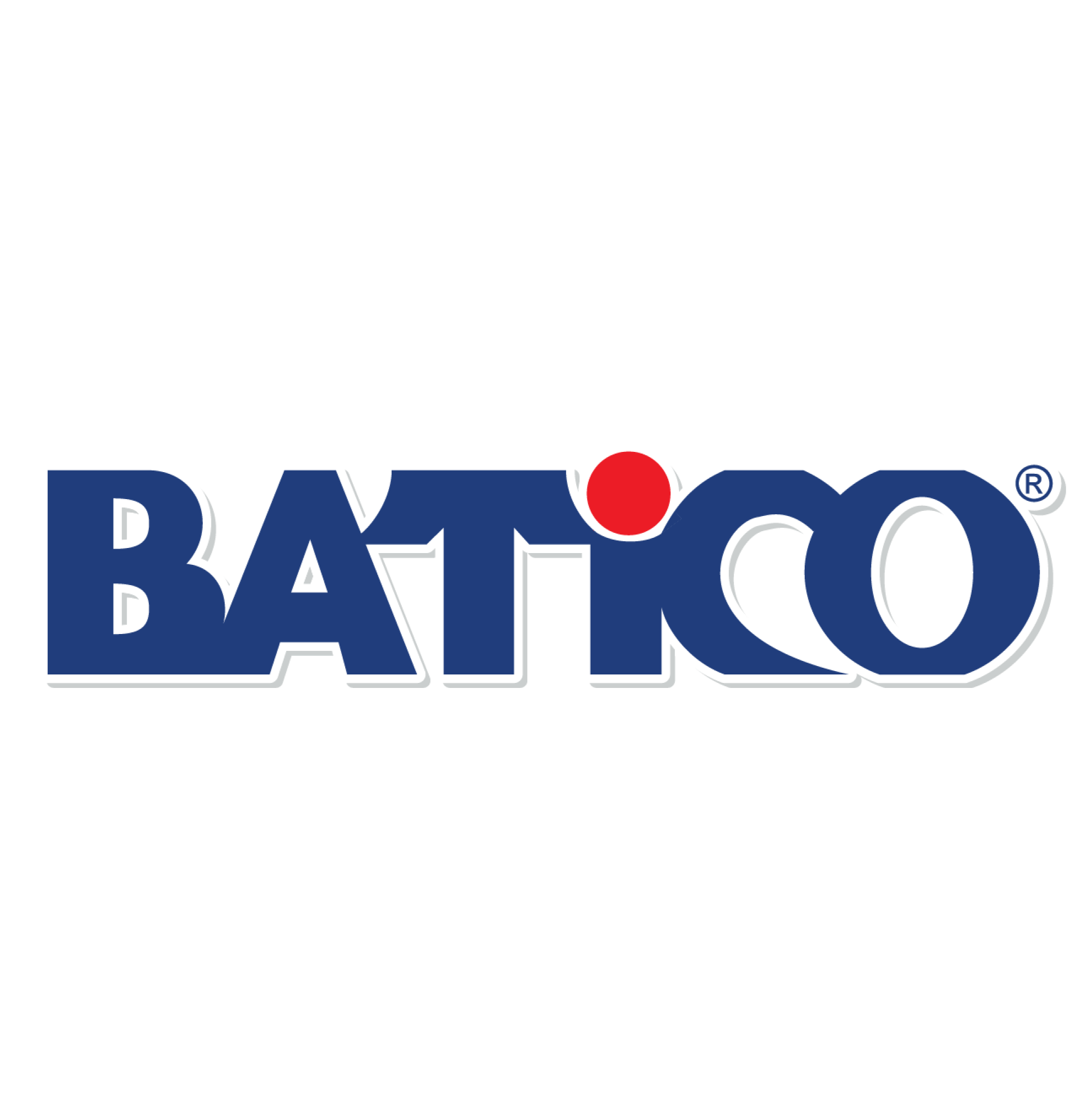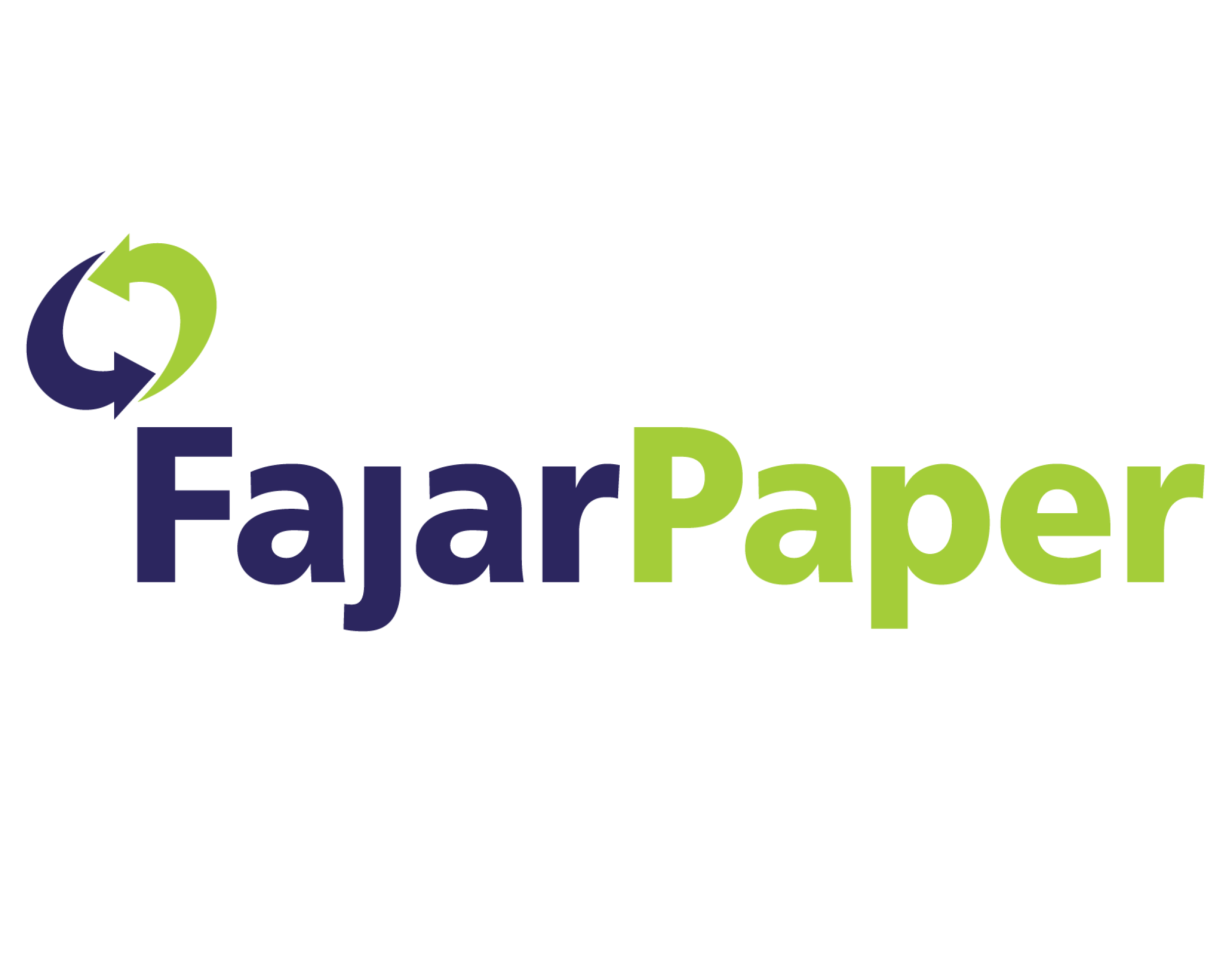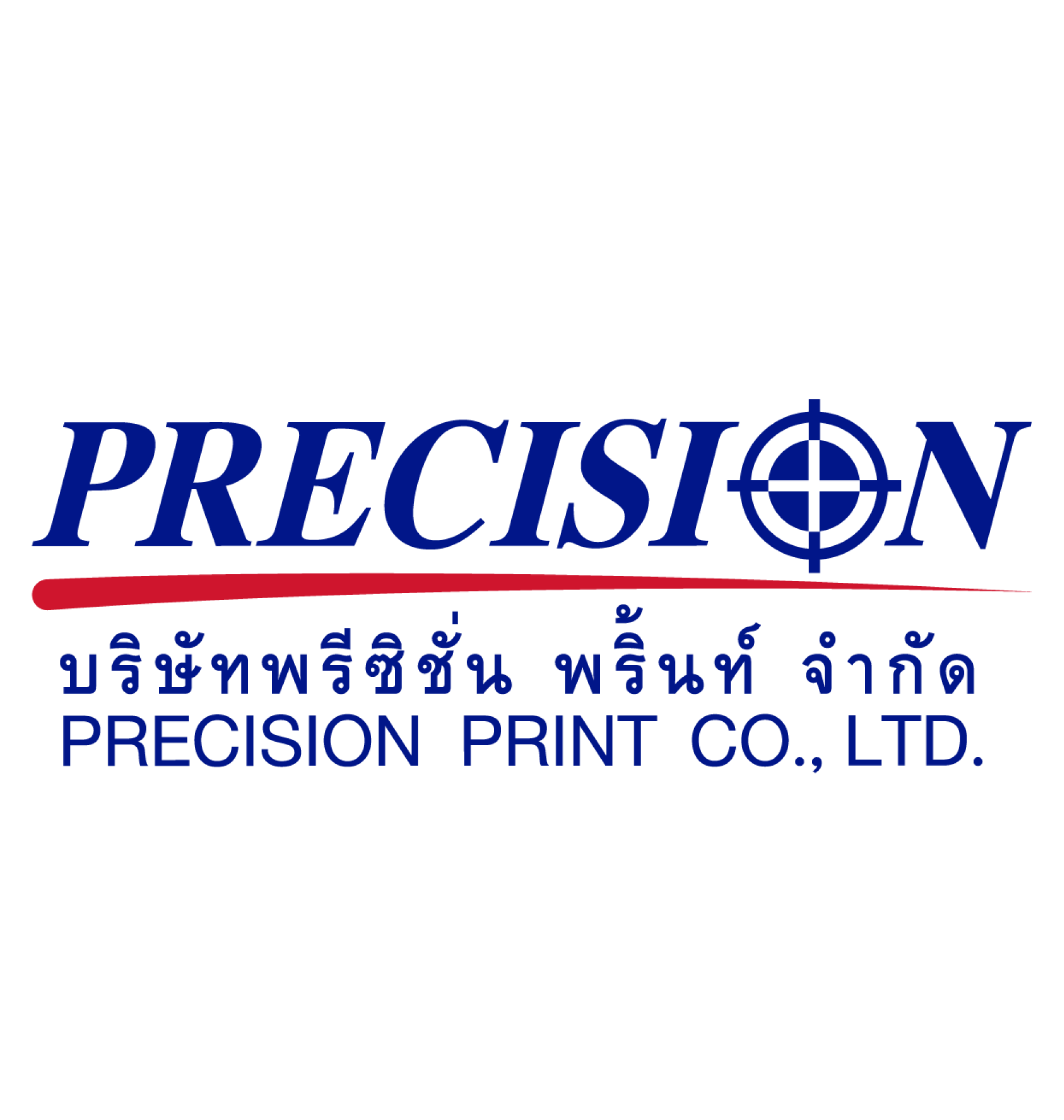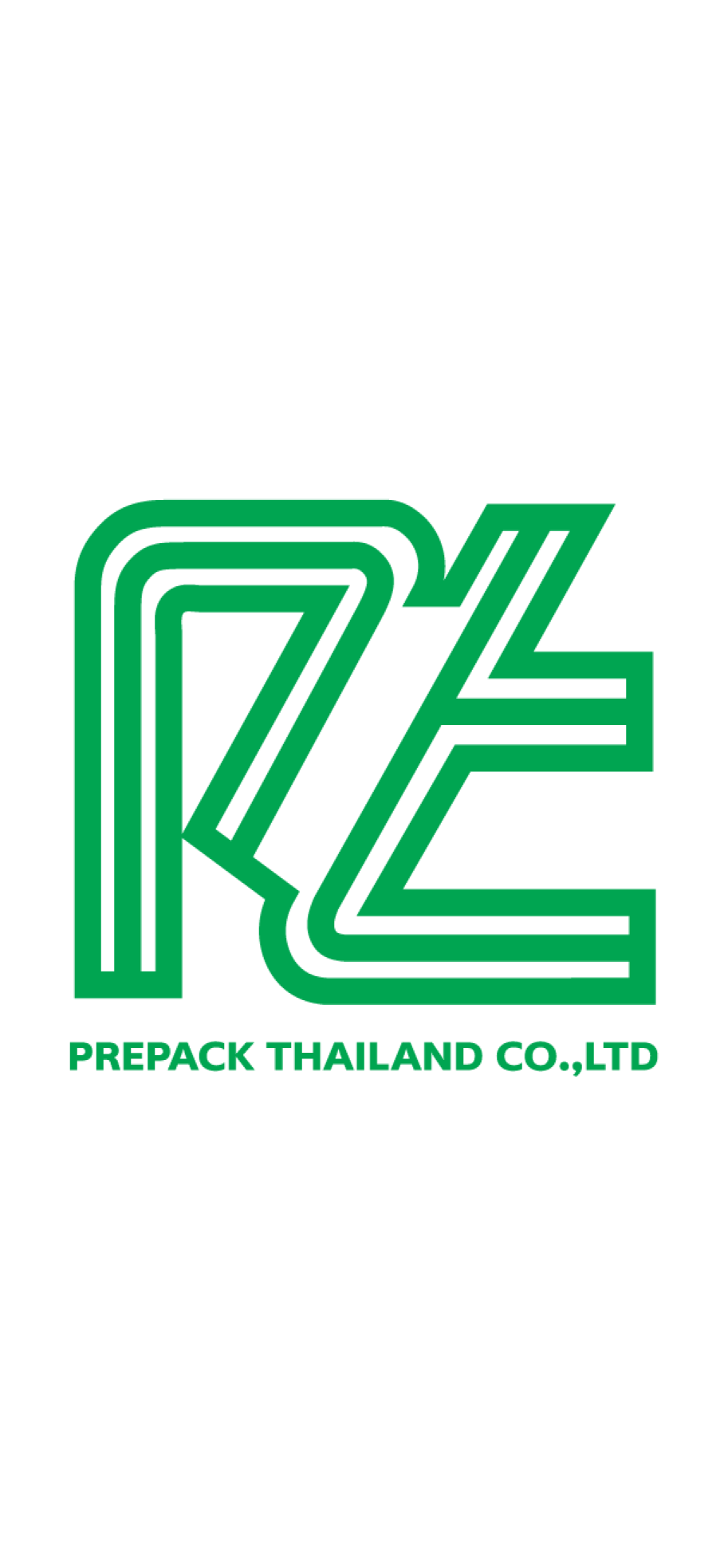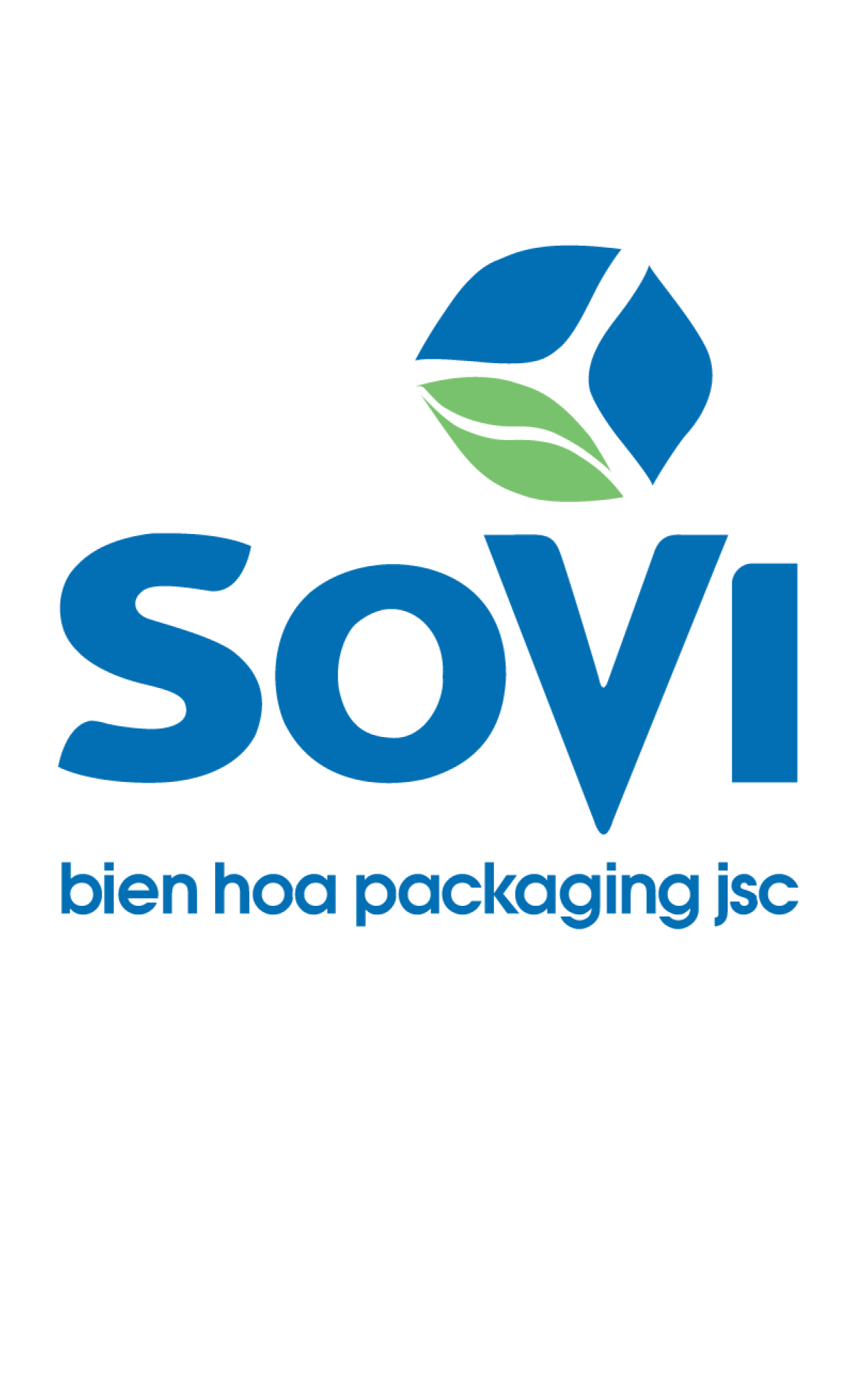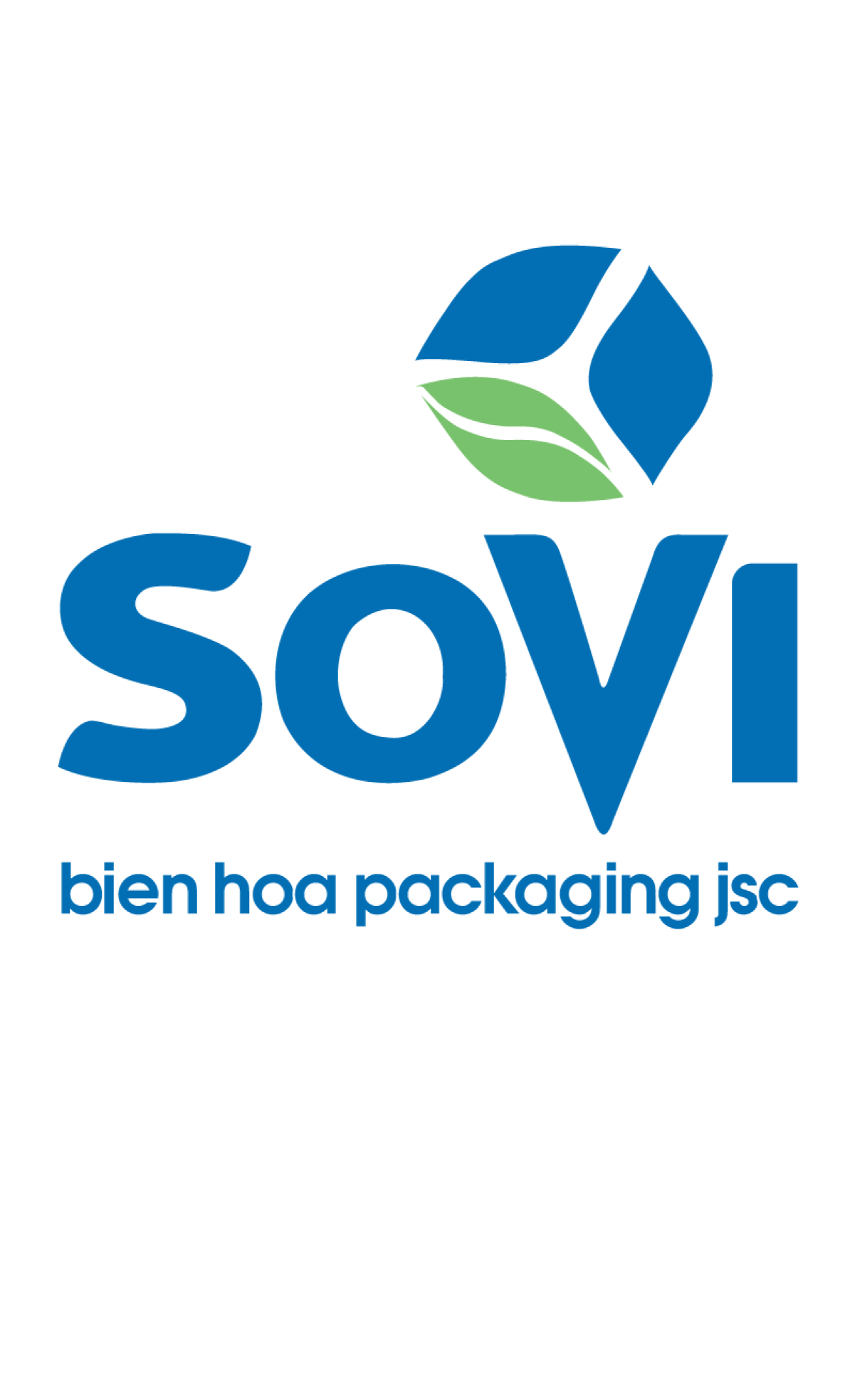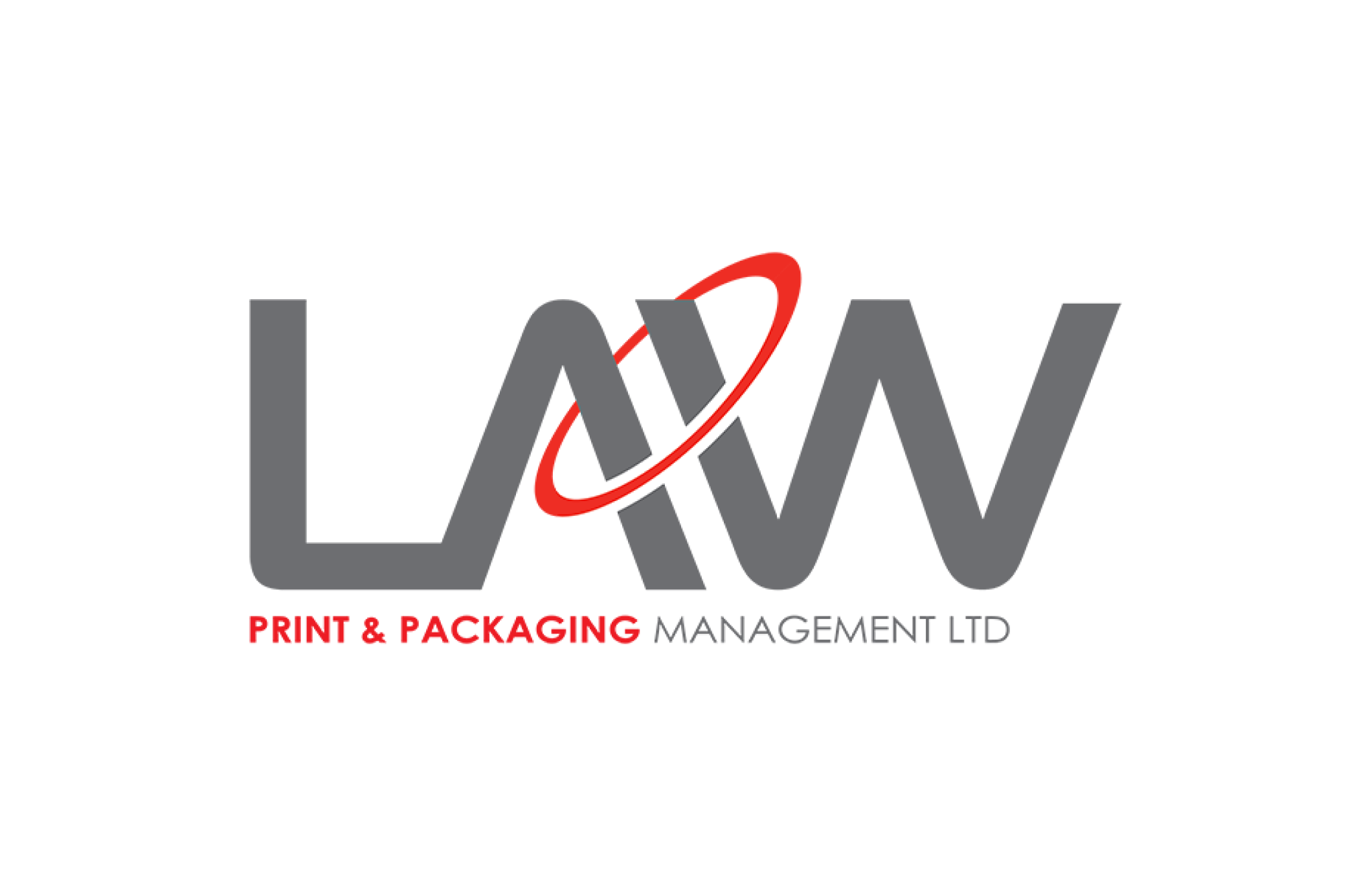PONGPANG
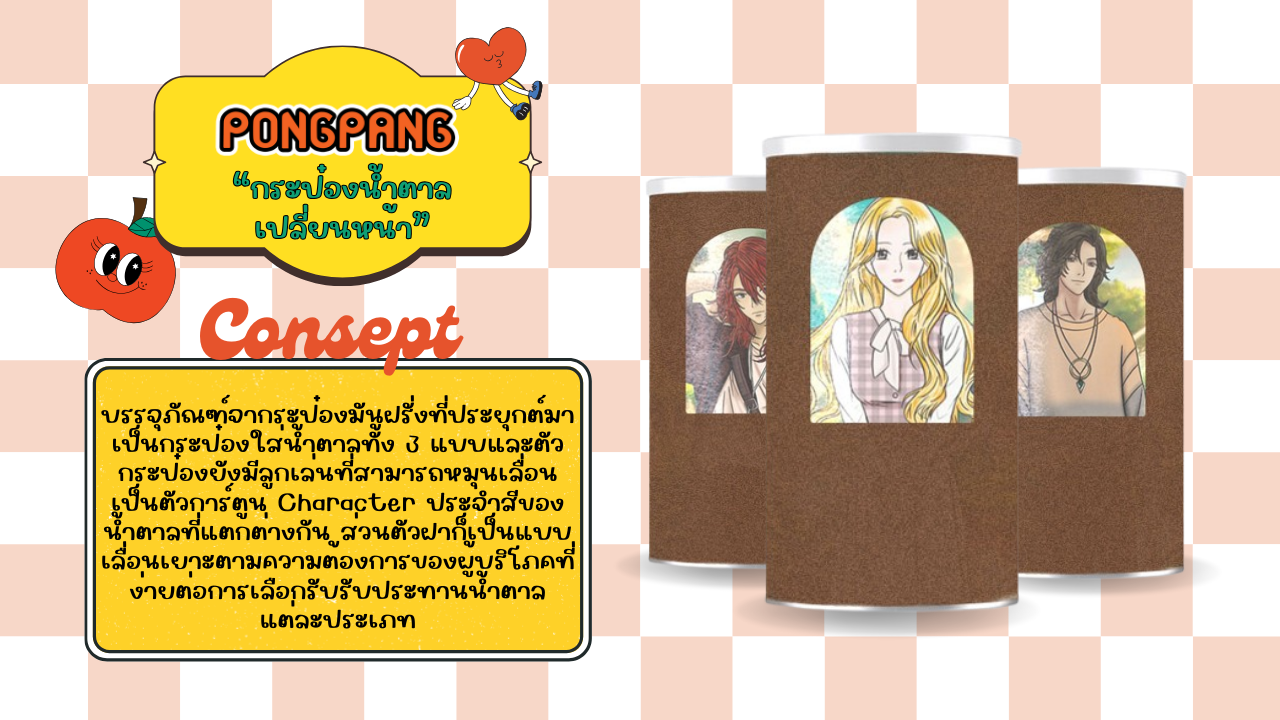
Team : 00PED
Member
Mrs Parnpailin Mingcharoen
Mrs วายุภัคร จินดาสวัสดิ์
Business Environmental Analysis
1.Political
• Government policies on agriculture, such as promoting sugarcane cultivation, supporting sugar producers
• Sugar price regulation and export-import control
2.Economic
• Economic status of producing and consuming countries, such as inflation, raw material prices, wages
• Sugar consumption trends and demand in the world market, such as the growth of the food and beverage industry
3.Social
• Changes in consumer behavior that are more health-conscious, which may result in reduced sugar consumption
• Sweet food consumption culture in some countries that still have high demand
4.Technological
• Development of more efficient sugar production technology, reducing production costs and increasing productivity
5.Environmental
• Environmental impacts of sugarcane cultivation and sugar production, such as water use, pollution
• Climate change that may affect cultivation
Strengths
• Being a well-known brand with a regular customer base
• Consistent and acceptable product quality
• Comprehensive distribution channels
Weaknesses
• Reliance on sugarcane as the main raw material Which may be affected by natural factors
• Price pressure in a highly competitive market
This business environment analysis will help sugar brands adjust their business strategies to suit the ever-changing environment and maintain their competitiveness in the market sustainably.
Brand development goals
Vision - Do business sustainably, take into account the quality of life, care for the environment and respond to the needs of health-conscious consumers
Slogan - Sweet with quality, for good health
Target group definition and details of target group insight
Age: 25-45 years old
• Behavior: Attracted by stylish, modern packages that convey uniqueness and are interested in packages made from recycled or biodegradable materials, including packages that are small or resource-saving
• Needs: Look for products with eye-catching packaging that can create a sense of being part of the trend or culture they are in, and the packages must be sustainable and environmentally friendly, especially reducing the use of plastic and designing to show responsibility towards the world
Brand social and environmental packaging design and products offered
Reduce - The packaging is compact, suitable for the amount of all 3 types of sugar, 23 grams each
Reuse - Design packaging that can be reused
Recycle - Use recyclable materials
Packaging Design - The packaging from potato cans is adapted into 3 types of sugar cans and the cans also have a gimmick that can be rotated to show the cartoon characters of different colors of sugar. The lid is also a sliding type to meet the needs of consumers who want to easily choose to eat each type of sugar.
Marketing and brand development activities through packaging
1. Design distinctive and memorable packaging
• Use eye-catching colors and graphics to capture consumers' attention
• Design packaging that is easy to use and convenient to pour and store
• Add important information about the product, such as features, benefits, and nutritional information
2. Use environmentally friendly packaging
• Use recyclable or biodegradable packaging to reduce the environmental impact
• Focus on packaging that reduces waste, such as refillable bags or refillable boxes
• Communicate the brand's sustainability commitment through packaging
3. Create interactive experiences
• Add QR codes or NFC tags on packaging to connect consumers with additional information, such as recipes, cooking tips, or promotions
• Organize interactive marketing activities, such as contests or social media campaigns related to packaging
4. Use packaging to tell the brand's story
• Use packaging to communicate the brand's story, such as history, values, and mission
• Display images or text that evoke emotions to create a bond with consumers
• Use packaging to highlight the brand's strengths and differentiation
5. Build customer loyalty
• Offer a loyalty program or rewards for repeat purchases
• Organize special events or promotions that encourage repeat purchases
• Use packaging to communicate messages of gratitude and appreciation to customers
Marketing and Brand Measurement
Aims to measure brand awareness of how the brand value its products and customer satisfaction to be health products and increase market share.

